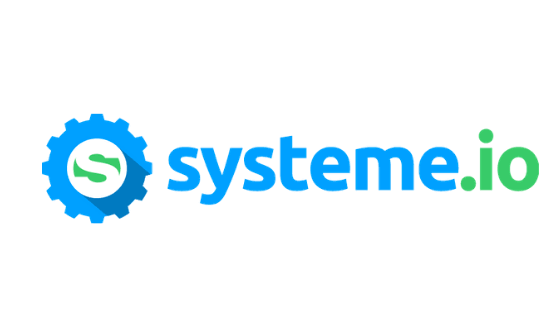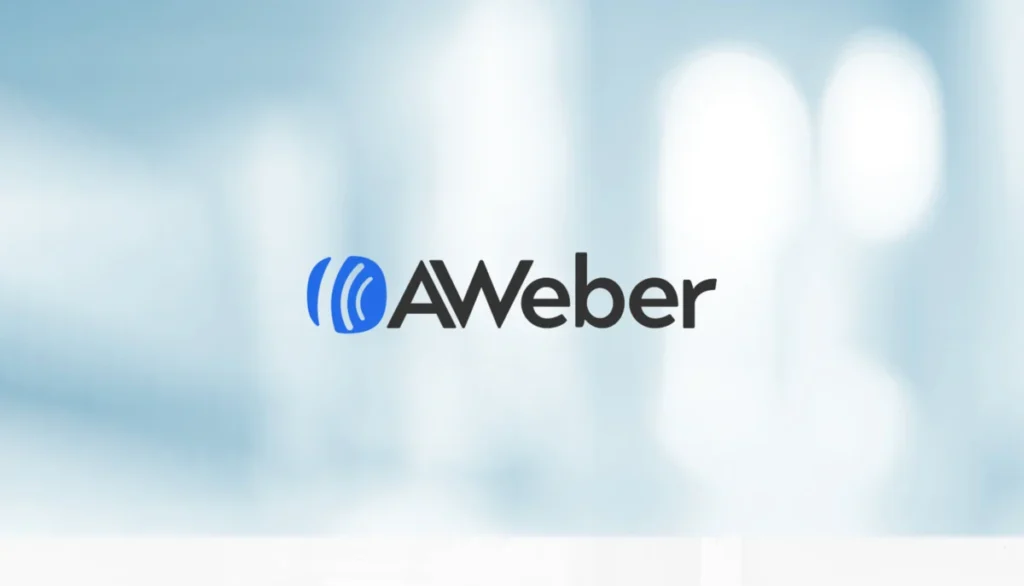To effectively engage with your audience, it is crucial to first understand who they are. This involves delving into demographics such as age, gender, location, and income level, as well as psychographics that encompass interests, values, and lifestyle choices. For instance, a brand targeting millennials may focus on sustainability and social responsibility, while a company catering to baby boomers might emphasize reliability and tradition.
Conducting surveys, utilizing analytics tools, and engaging in social listening can provide valuable insights into your audience’s preferences and behaviors. Moreover, understanding your audience goes beyond mere statistics; it requires empathy and a genuine interest in their needs and challenges. By creating personas that represent different segments of your audience, you can tailor your messaging and offerings to resonate more deeply.
For example, if you identify a segment of your audience that is particularly health-conscious, you might create content that addresses their specific concerns about nutrition and wellness. This nuanced understanding allows for more personalized interactions, fostering a sense of connection and loyalty.
Key Takeaways
- Understand your audience by conducting thorough research and analysis of their demographics, interests, and behaviors.
- Build a strong relationship with your audience by engaging with them through personalized communication and addressing their needs and concerns.
- Create valuable content for your audience by providing relevant and informative information that adds value to their lives.
- Leverage social media and other platforms to reach and connect with your audience, and to promote your content and offerings.
- Utilize email marketing to reach your audience by sending targeted and personalized messages to keep them engaged and informed about your products and services.
Building a Strong Relationship with Your Audience
Establishing a strong relationship with your audience is foundational to long-term success. This relationship is built on trust, transparency, and consistent communication. One effective way to cultivate this trust is by being authentic in your messaging.
Audiences today are savvy; they can easily detect insincerity or overly polished marketing tactics. Sharing behind-the-scenes content or personal stories can humanize your brand and make it more relatable. For instance, a small business owner might share their journey of overcoming challenges in their entrepreneurial path, which can resonate with aspiring entrepreneurs in the audience.
Additionally, engaging with your audience on a personal level can significantly enhance the relationship. Responding to comments on social media, addressing customer inquiries promptly, and acknowledging feedback—both positive and negative—demonstrates that you value their opinions. This two-way communication fosters a community where audience members feel heard and appreciated.
For example, brands like Glossier have built strong communities by actively engaging with their customers on social media platforms, encouraging them to share their experiences and feedback.
Creating Valuable Content for Your Audience
Content is at the heart of any successful engagement strategy. To create valuable content, it is essential to focus on quality over quantity. This means producing well-researched, informative, and entertaining material that addresses the specific needs and interests of your audience.
For instance, if your audience consists of aspiring chefs, providing detailed recipes, cooking tips, and instructional videos can position you as a trusted resource in the culinary space. Moreover, diversifying the types of content you produce can cater to different preferences within your audience. Some may prefer written articles or blog posts, while others might engage more with visual content like infographics or videos.
Incorporating various formats not only keeps your content fresh but also allows you to reach a broader audience. For example, a fitness brand could create workout videos for visual learners while also offering downloadable meal plans for those who prefer written resources. By consistently delivering valuable content tailored to your audience’s preferences, you can establish authority in your niche and encourage ongoing engagement.
Leveraging Social Media and Other Platforms
| Platform | Metrics |
|---|---|
| Likes, Shares, Comments | |
| Retweets, Mentions, Followers | |
| Followers, Likes, Comments | |
| Connections, Shares, Comments |
Social media has revolutionized the way brands connect with their audiences. Platforms like Instagram, Facebook, Twitter, and TikTok offer unique opportunities to engage with users in real-time. Each platform has its own culture and user behavior; thus, understanding these nuances is vital for effective engagement.
For instance, Instagram is highly visual and works well for brands that can showcase their products through stunning imagery or videos, while Twitter is more suited for quick updates and conversations. Utilizing social media effectively involves not just posting content but also actively participating in conversations relevant to your brand. Engaging with trending topics or joining discussions can increase visibility and demonstrate that your brand is in tune with current events and audience interests.
Additionally, leveraging user-generated content can enhance authenticity; encouraging customers to share their experiences with your products can create a sense of community and trust around your brand. For example, brands like Coca-Cola have successfully run campaigns encouraging users to share photos with their products, which not only boosts engagement but also provides valuable social proof.
Utilizing Email Marketing to Reach Your Audience
Email marketing remains one of the most effective tools for reaching your audience directly. Unlike social media platforms where algorithms dictate visibility, email allows you to communicate directly with individuals who have opted in to receive your messages. Crafting compelling email campaigns requires an understanding of your audience’s preferences and behaviors.
Segmenting your email list based on demographics or past interactions can lead to more personalized content that resonates with each group. Moreover, the design and content of your emails play a crucial role in engagement rates. A well-designed email that includes eye-catching visuals, clear calls-to-action, and valuable information can significantly increase open rates and click-through rates.
For instance, an e-commerce brand might send personalized product recommendations based on previous purchases or browsing behavior, enticing customers to return to their site. Additionally, incorporating storytelling elements into your emails can create an emotional connection with your audience, making them more likely to engage with your content.
Engaging with Your Audience through Webinars and Live Events
Webinars and live events offer unique opportunities for real-time engagement with your audience. These formats allow for interactive discussions where participants can ask questions and share their thoughts directly with you or other experts in the field. Hosting webinars on topics relevant to your audience not only positions you as an authority but also fosters a sense of community among participants who share similar interests.
For example, a software company might host a webinar demonstrating how to use their product effectively while addressing common challenges faced by users. This not only provides value but also encourages attendees to engage actively by asking questions or sharing their experiences during the session. Additionally, live events—whether virtual or in-person—can create memorable experiences that deepen the connection between your brand and your audience.
Offering exclusive insights or behind-the-scenes looks during these events can further enhance engagement and loyalty.
Collaborating with Other Influencers and Brands
Collaborations can amplify your reach and introduce your brand to new audiences. Partnering with influencers who align with your brand values allows you to tap into their established communities while providing authentic endorsements of your products or services. When selecting influencers for collaboration, it’s essential to consider their audience demographics and engagement levels to ensure alignment with your target market.
For instance, a health food brand might collaborate with a fitness influencer to create content that showcases how their products fit into an active lifestyle. This partnership not only enhances credibility but also provides valuable content for both audiences involved. Additionally, collaborating with other brands that complement your offerings can lead to mutually beneficial promotions or co-hosted events that attract attention from both customer bases.
Such collaborations can create a win-win scenario where both parties benefit from increased visibility and engagement.
Offering Exclusive Deals and Promotions to Your Audience
Exclusive deals and promotions are powerful tools for driving engagement and encouraging conversions among your audience. By offering limited-time discounts or special offers to loyal customers or subscribers, you create a sense of urgency that can prompt immediate action. For example, an online retailer might send out an email blast announcing a flash sale exclusively for subscribers, incentivizing them to make a purchase before the offer expires.
Moreover, loyalty programs that reward repeat customers can foster long-term relationships while encouraging ongoing engagement. By providing points for purchases that can be redeemed for discounts or exclusive products, brands can motivate customers to return frequently. For instance, Starbucks’ rewards program incentivizes customers to accumulate points through purchases while offering exclusive deals on their favorite beverages.
This not only drives sales but also cultivates a loyal customer base that feels valued.
Tracking and Analyzing Audience Behavior and Preferences
To effectively engage with your audience over time, it is essential to track and analyze their behavior and preferences continuously. Utilizing analytics tools allows you to gather data on how users interact with your content across various platforms—be it website visits, social media engagement, or email open rates. This data provides insights into what resonates most with your audience and informs future strategies.
For example, if analytics reveal that certain types of blog posts receive significantly higher traffic than others, you might consider producing more content in that vein or exploring related topics that could further engage readers. Additionally, monitoring social media metrics such as likes, shares, and comments can help identify trends in audience interests or emerging topics worth exploring further. By staying attuned to these behaviors and preferences, you can adapt your strategies proactively rather than reactively.
Constantly Evolving and Adapting to Your Audience’s Needs
The digital landscape is ever-changing; thus, remaining static in your approach can lead to disengagement over time. To maintain relevance with your audience, it is crucial to evolve continuously based on feedback and changing preferences. Regularly soliciting input from your audience through surveys or direct communication can provide valuable insights into what they want from your brand.
For instance, if feedback indicates that customers are seeking more educational content related to your industry, consider expanding your offerings in that area—whether through blog posts, videos, or webinars. Additionally, keeping an eye on industry trends allows you to anticipate shifts in consumer behavior before they occur. Brands that adapt quickly to these changes are more likely to maintain strong connections with their audiences over time.
Measuring and Optimizing Your Affiliate Revenue Growth
For businesses utilizing affiliate marketing as part of their strategy, measuring performance is critical for optimizing revenue growth. Tracking key performance indicators (KPIs) such as conversion rates, average order value (AOV), and return on investment (ROI) provides insights into the effectiveness of affiliate partnerships. By analyzing which affiliates drive the most traffic or conversions, businesses can allocate resources more effectively.
Furthermore, optimizing affiliate programs involves continuous testing of different strategies—such as varying commission structures or promotional tactics—to determine what yields the best results. For example, offering higher commissions during peak shopping seasons may incentivize affiliates to promote products more aggressively during those times. Regularly reviewing performance data allows businesses to refine their affiliate strategies continually while maximizing revenue potential through informed decision-making.
In conclusion, engaging effectively with an audience requires a multifaceted approach that encompasses understanding their needs, building relationships based on trust, creating valuable content tailored to their interests, leveraging various platforms for outreach, utilizing email marketing strategically, hosting interactive events for real-time engagement, collaborating with influencers for broader reach, offering exclusive promotions for loyalty cultivation while continuously tracking behaviors for optimization—all while adapting strategies based on evolving preferences within an ever-changing digital landscape.
If you’re looking to grow your audience and boost affiliate revenue quickly, you may want to check out this article on how to effectively use social media to increase your affiliate sales. This article provides valuable tips and strategies for leveraging social media platforms to reach a larger audience and drive more affiliate revenue. By implementing the tactics outlined in this article, you can see rapid growth in both your audience and your affiliate earnings.


